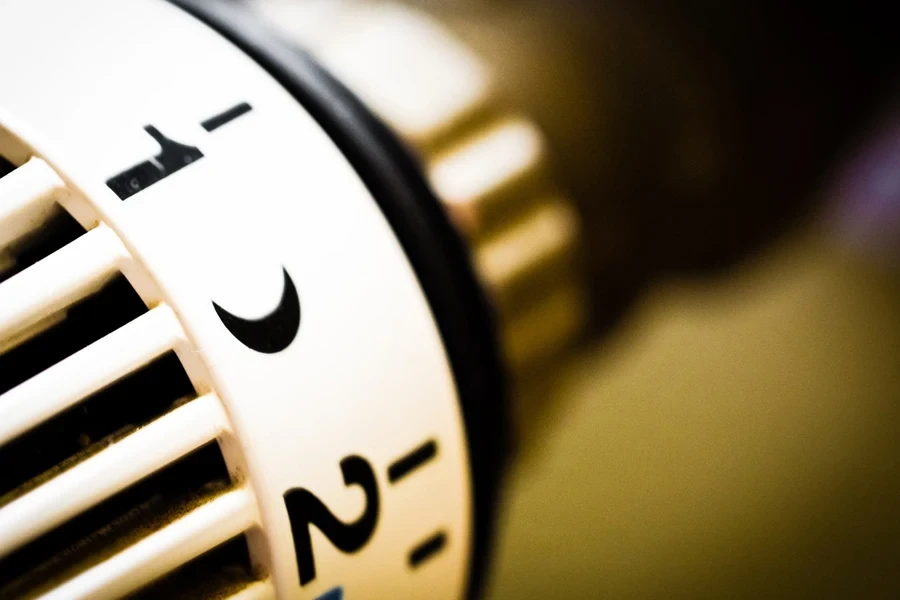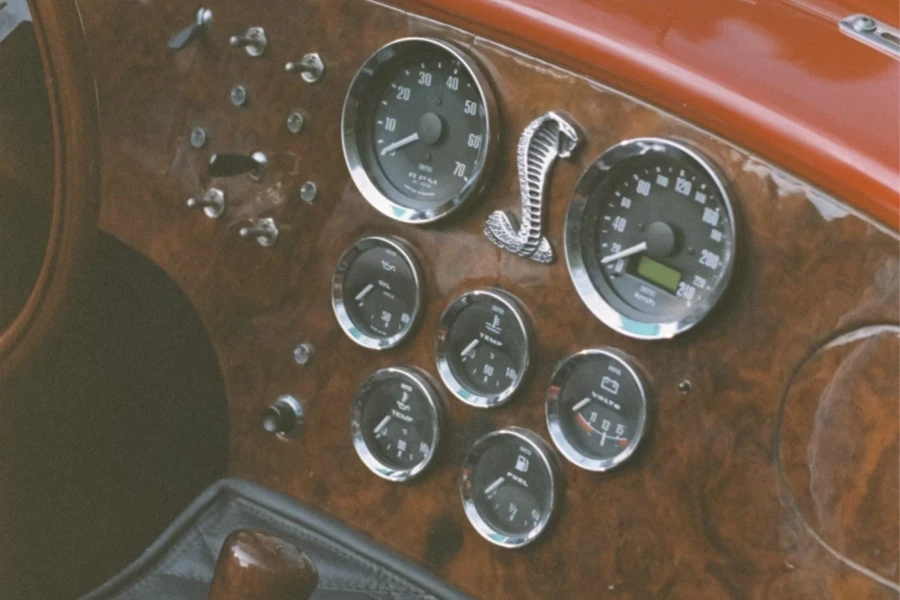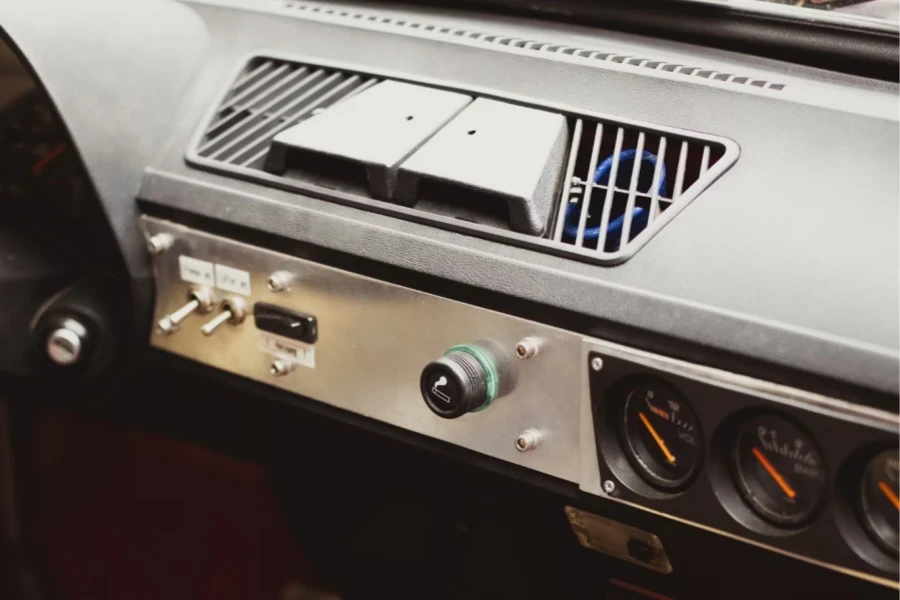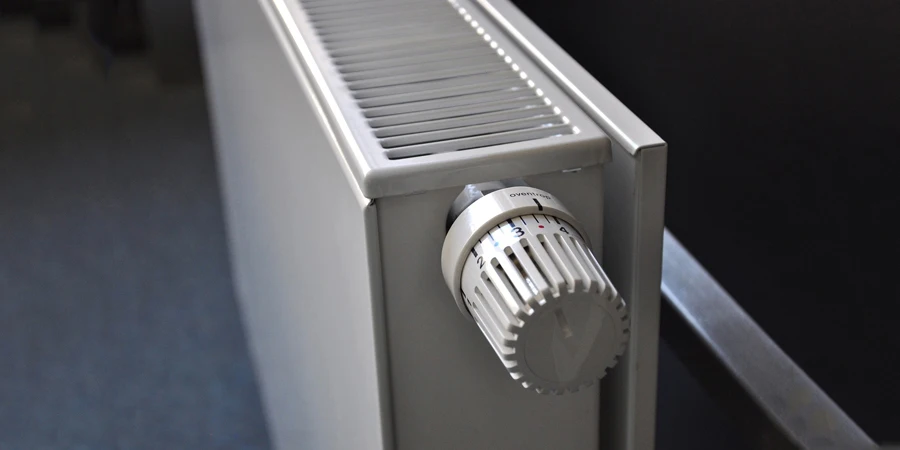Table of Contents
1. Introduction
2. Main types and uses of radiators
3. Market overview
4. Key factors in selecting radiators
5. Top radiator models and their features
6. Conclusion
Introduction
Radiators are essential components in modern vehicles, ensuring engines maintain optimal temperature for performance and longevity. These heat exchangers work by transferring heat from the engine to the air, preventing overheating and potential damage. In 2025, the radiator market is seeing significant advancements, with innovative materials and designs enhancing efficiency and durability. This evolution not only improves vehicle performance but also supports sustainability efforts through more eco-friendly options. Embracing these new technologies, businesses can offer superior products that meet the high demands of today’s automotive industry, ultimately benefiting both manufacturers and end-users with reliable and efficient cooling solutions.
Main types and uses of radiators

Aluminum vs. copper radiators
Performance showdown: Aluminum vs. copper
Aluminum and copper are the two primary materials used in radiator construction, each with distinct performance characteristics. Aluminum radiators are favored for their lightweight nature, which contributes to better fuel efficiency and easier handling. These radiators typically have a higher heat dissipation rate due to their larger surface area. On the other hand, copper radiators, while heavier, excel in thermal conductivity, making them highly efficient in heat transfer. This efficiency can be crucial in environments demanding robust cooling capabilities. Additionally, copper’s durability and resistance to corrosion make it a preferred choice for long-term reliability.
Best fits: Matching radiator types to vehicle needs
When selecting a radiator, it is essential to match the type to the specific vehicle needs. For high-performance sports cars, aluminum radiators are often the go-to choice due to their superior cooling capacity and weight advantages. This makes them ideal for vehicles requiring quick heat dissipation under intense driving conditions. In contrast, copper radiators are better suited for heavy-duty vehicles like trucks and commercial fleets, where the emphasis is on durability and long-term performance. These radiators can handle higher heat loads and are less susceptible to damage from harsh environmental conditions.
Applications in different vehicle types
Tailored solutions: Radiators for passenger vehicles
Passenger vehicles demand radiators that balance performance and cost-effectiveness. Aluminum radiators are commonly used in this segment due to their ability to provide efficient cooling without significantly adding to the vehicle’s weight. This balance helps maintain optimal engine temperatures, ensuring smooth and reliable performance in everyday driving scenarios. Additionally, the ease of manufacturing aluminum radiators makes them a cost-effective solution for mass-produced passenger cars.
Heavy-duty options: Radiators for commercial vehicles
Commercial vehicles, including trucks and buses, require radiators that can withstand rigorous use and high thermal loads. Copper radiators are often preferred in these applications due to their superior thermal conductivity and robustness. These radiators ensure that the engine remains cool even under the heavy and prolonged strain typical of commercial operations. The durability of copper also means fewer replacements and repairs, translating into lower maintenance costs over the vehicle’s lifespan.
Specialty radiators
High-octane performance: Specialty radiators for speed enthusiasts
For speed enthusiasts and racing applications, specialty radiators are designed to meet the extreme demands of high-speed driving. These radiators, often made from high-grade aluminum, are engineered to maximize cooling efficiency while minimizing weight. Advanced designs, such as multi-pass configurations and enhanced fin designs, further improve heat dissipation. This ensures that even under the most strenuous conditions, the engine maintains optimal performance without overheating.
Green machines: Eco-friendly radiator choices
With increasing emphasis on sustainability, eco-friendly radiator options are gaining popularity. These radiators are designed to reduce environmental impact by utilizing recyclable materials and efficient manufacturing processes. Innovations such as hybrid radiators, which combine aluminum and copper elements, offer improved efficiency while minimizing the environmental footprint. These green radiators not only support sustainability goals but also provide reliable cooling performance for modern vehicles.
Market overview

Global market size and growth
Market pulse: Current statistics and future trends
Experts currently value the automotive radiator market at US$ 20.7 billion, and they expect it to reach US$ 30.5 billion by 2032. They estimate this boost will happen at a 4.2% compound annual growth rate (CAGR) from 2022 to 2032.
Impact of technological advancements
Innovation at the forefront: Tech driving market shifts
Technological advancements are playing a pivotal role in shaping the future of the radiator market. Innovations such as the development of hybrid radiators, which combine the benefits of different materials, are enhancing performance and efficiency. The integration of smart technologies, such as sensors and advanced control systems, allows for real-time monitoring and optimization of radiator functions. This not only improves cooling efficiency but also extends the lifespan of the radiators.
Moreover, the trend towards electric and hybrid vehicles is driving the need for specialized cooling solutions. These vehicles generate different heat profiles compared to traditional internal combustion engines, necessitating advanced radiator designs. Lightweight materials like aluminum and composites are increasingly used to improve vehicle efficiency and reduce overall weight, aligning with global sustainability goals.
Key factors in selecting radiators

Performance and efficiency
Cooling power: Evaluating performance metrics
When selecting a radiator, cooling power is a critical factor. High-performance radiators are designed to efficiently dissipate heat from the engine, preventing overheating and ensuring optimal performance. The effectiveness of a radiator is often measured by its ability to maintain low coolant temperatures under high-stress conditions. Aluminum radiators, known for their excellent heat dissipation and lightweight properties, are particularly favored for performance vehicles. They provide superior cooling efficiency, which is essential for maintaining engine performance during prolonged use.
Smart savings: Energy efficiency considerations
Energy efficiency is another vital aspect of radiator performance. Radiators that efficiently manage energy consumption contribute to overall vehicle efficiency and cost savings. Modern radiators incorporate advanced designs and materials that reduce energy loss. For example, aluminum radiators are not only lightweight but also enhance fuel efficiency by reducing the overall weight of the vehicle. This results in lower energy consumption and operational costs. Moreover, the use of advanced fin designs and multi-pass configurations can further improve the radiator’s efficiency, ensuring that engines run cooler and more efficiently.
Durability and materials
Material matters: Durability insights
Durability is a key consideration when choosing a radiator. The material used in the radiator’s construction plays a significant role in its longevity and performance. Copper radiators, known for their high thermal conductivity and durability, are often used in heavy-duty applications. They offer excellent resistance to corrosion and wear, making them ideal for long-term use in harsh environments. Conversely, aluminum radiators, while lighter, are also designed to withstand significant thermal and mechanical stress, providing a balance between performance and durability.
Built to last: Factors influencing longevity
Several factors influence the longevity of a radiator, including the quality of materials, manufacturing processes, and design features. High-quality radiators are built to withstand extreme temperatures and pressures without compromising their structural integrity. Features such as reinforced tanks and high-quality soldering can significantly enhance a radiator’s lifespan. Regular maintenance and proper installation also play crucial roles in ensuring that radiators perform optimally over extended periods. By investing in radiators made from durable materials and robust designs, businesses can reduce the frequency of replacements and associated downtime costs.
Cost considerations
Balancing cost and quality is essential when selecting a radiator. While it might be tempting to choose the cheapest option, it is important to consider the long-term implications of such a choice. High-quality radiators, though initially more expensive, often prove to be more cost-effective in the long run due to their durability and efficiency. Investing in a reliable radiator can reduce maintenance costs and prevent costly engine repairs caused by overheating. Therefore, evaluating the total cost of ownership, including maintenance and replacement expenses, is crucial for making an informed decision.
Compatibility and installation
Fit and function: Ensuring compatibility
Ensuring compatibility between the radiator and the vehicle is essential for optimal performance. Radiators must match the specifications and requirements of the vehicle’s engine and cooling system. Factors such as size, mounting points, and inlet/outlet configurations need to be considered to ensure a proper fit. Using a radiator that is not compatible can lead to installation issues and reduced cooling efficiency. Therefore, verifying compatibility before purchase is crucial to avoid any potential problems and ensure seamless integration with the vehicle’s existing systems.
Ease of installation: What to look for
The ease of installation is another important factor to consider. Radiators that are designed for easy installation can save time and reduce labor costs. Features such as pre-drilled mounting holes, user-friendly design, and comprehensive installation guides can simplify the process. Additionally, radiators that come with all necessary hardware and fittings can further streamline installation. By choosing radiators that are easy to install, businesses can minimize downtime and ensure that vehicles are back in operation quickly.
Top radiator models and their features

Leading brands in 2024
The elite list: Top radiator manufacturers
Several radiator manufacturers stand out in 2024 for their exceptional quality and innovative designs. Mishimoto is highly regarded for its extensive range of performance radiators, especially favored by racing enthusiasts for their reliability and superior cooling efficiency. CSF is another leading brand known for its comprehensive testing processes and high-quality construction, making it a preferred choice for both aftermarket and OEM applications. Koyorad offers a vast selection of radiators designed to fit a wide variety of vehicles, known for their precision and durability. Spoon Sports, catering primarily to Honda vehicles, is celebrated for its high-performance radiators that excel in track conditions. GReddy continues to be a top contender, particularly for Japanese vehicles, combining advanced technology with high-quality materials.
Feature highlights
Head-to-head: Comparing top models
Comparing top radiator models involves looking at specific features that enhance performance and reliability. Mishimoto’s Performance Aluminum Radiator offers a 30% increase in cooling efficiency over standard models, thanks to its lightweight aluminum construction and advanced fin design. CSF’s Triple-Pass Radiator is engineered for maximum cooling efficiency, utilizing a triple-pass system that significantly improves heat dissipation. Koyorad’s Hyper V-Core Series radiators are praised for their excellent fitment and robust construction, making them ideal for both street and track use. Spoon Sports’ Twin Core Radiator provides enhanced cooling for high-performance applications, ensuring consistent engine temperatures even under extreme conditions. GReddy’s High-Performance Radiator features advanced cooling technology and durable materials, offering reliable performance for various automotive needs.
User feedback and expert reviews
Real-world insights: Performance reviews
User feedback and expert reviews provide valuable insights into the real-world performance of these top radiator models. Mishimoto’s Performance Aluminum Radiator receives high marks for its ease of installation and noticeable improvement in cooling efficiency, particularly appreciated by those who push their vehicles to the limit. CSF’s Triple-Pass Radiator is often highlighted for its superior cooling capabilities and durability, making it a favorite among both enthusiasts and professionals. Koyorad’s Hyper V-Core Series radiators are frequently praised for their precise fitment and reliability, with users noting a significant drop in engine temperatures. Spoon Sports’ Twin Core Radiator is commended for its ability to maintain optimal cooling during high-speed driving, a critical factor for racing applications. GReddy’s High-Performance Radiator garners positive reviews for its solid construction and advanced cooling technology, ensuring consistent performance across a range of conditions.

Conclusion
Choosing the best radiator in 2025 involves considering performance, durability, cost, and compatibility. Leading brands like Mishimoto, CSF, Koyorad, Spoon Sports, and GReddy offer top-tier models that excel in these areas. Evaluating cooling efficiency and energy savings can significantly impact vehicle performance and operational costs. Durability ensures long-term reliability, while cost considerations balance quality and budget. Ensuring compatibility and ease of installation further streamlines the selection process. By making informed decisions based on these key factors, businesses can provide high-quality, dependable radiators that meet the evolving demands of modern automotive applications.




